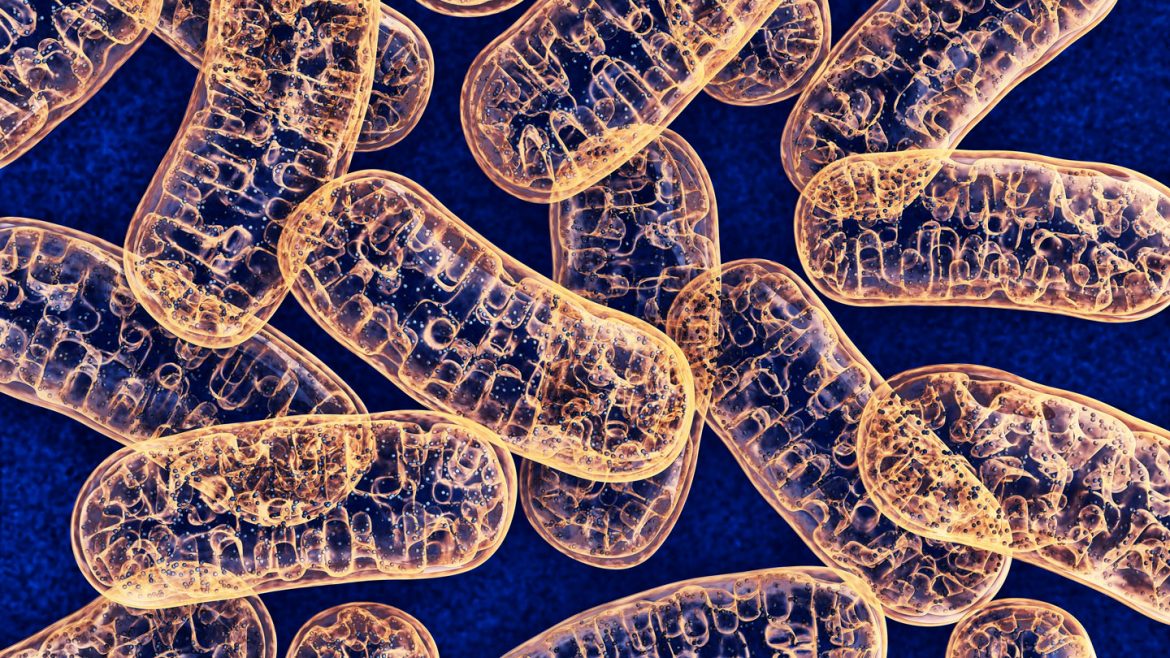Scientists have found DNA in the nucleus of brain cells, where it shouldn’t be. Bits of genes that typically reside in mitochondria insert themselves at unexpectedly high rates into brain cells’ nuclear genomes.
What’s more, these insertions might be associated with life span. In a study of nearly 1,200 older adults, the more mitochondrial insertions an individual had, the younger they died, mitochondrial biologist Martin Picard of Columbia University and colleagues report August 22 in PLOS Biology. The finding suggests that researchers could someday measure or target the insertions to understand and treat certain age-related conditions or conditions characterized by malfunctioning mitochondria.
An unexpected presence in the brain
Mitochondria are well-known as energy producers within a cell. But that’s not their only job. There are “15 or 20 different things that mitochondria can do to change how the cell behaves,” Picard says. One of those processes is shipping their own DNA to the nucleus of cells, he says, which is then integrated into the nuclear genome. Researchers have observed this process, called numtogenesis, in human cancer cells and reproductive cells. But it had not been observed in human brain tissue before.
So Picard’s team made use of banked postmortem tissue — blood and brain cells — from 1,187 older adults. The researchers quantified the number of mitochondrial DNA insertions in tissue across brain areas, including the dorsolateral prefrontal cortex, or DLPFC, and the cerebellum. The DLPFC is involved in decision making and executive function, and the cerebellum controls movement and coordination.
To the team’s amazement, the brain samples were teeming with mitochondrial insertions. On average, cells from the DLPFC had about 15 times as many insertions as blood cells and five times as many insertions as cerebellar cells. The reason these differences might be important is that the DLPFC is affected in many age-related and neurodegenerative conditions, while the cerebellum is typically spared, Picard says.
Large amounts of insertions in the DLPFC were associated with early death, the team found, with two additional insertions observed per decade of life lost. That suggests numtogenesis might be linked to life span.
Mitochondrial insertions and our health
Using skin cells collected from living patients, the team sought to study how cellular aging influenced the number of mitochondrial insertions. On average, the cells accumulated one mitochondrial insertion every 13 days in lab dishes.
Mitochondrial insertions increased even more under stressors like genetic mutations or drug treatments. The drugs dexamethasone, which induces mitochondrial dysfunction, and oligomycin, which inhibits a mitochondrial enzyme, slightly increased the rate of numtogenesis. Skin cells from patients deficient for the gene SURF1, which is associated with a severe mitochondrial disease called Leigh syndrome (SN: 12/14/16), accumulated insertions almost five times as fast as control cells.
To Picard, this suggests that numtogenesis might be a way that mitochondrial dysfunction leads to pathology and contributes to conditions that lead to premature death, like Leigh syndrome.
Overall, the study provides evidence that numtogenesis can happen in organs like the brain, and can even occur more in some body areas or tissues than in others, says Anabelle Decottignies, a molecular biologist at the University of Louvain in Belgium who was not involved in the work. But the potential health consequences of these insertions are still unclear. “What we still don’t know is whether [the insertions] hurt somehow the tissues,” Decottignies says.
Miria Ricchetti, a molecular biologist at the Pasteur Institute in Paris who was not involved with the study, says that it will be necessary to study where in the nuclear genome the mitochondria DNA is sneaking into to understand how it might be affecting the cell.
Future studies also need to unravel how these mitochondrial insertions could lead to disease, Picard says. If that’s established, he sees the insertions as a potential way to measure health. “My hunch at the moment is that the healthier you are, the less [insertions] you’re going to accumulate,” he says.
Source link
